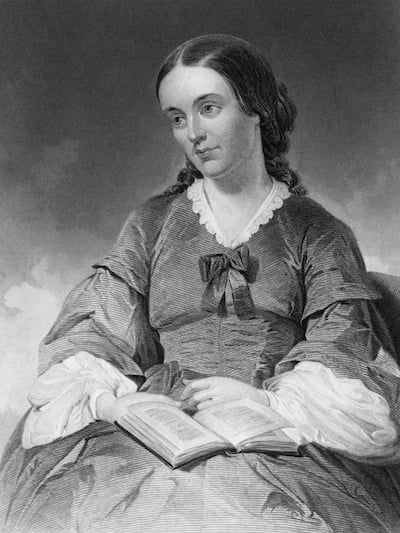TL;DR -- In 1871, R Waldo Emerson went out, leisurely, on the train from coast to coast as the labor of many finally got the rails in place. Out there, the party looked around for a while but did not really report as we saw with some of the other earlier travelers. Except, Waldo mentioned that he would have moved out if younger to get his land from the government. So, a recent book is of interest to this theme which we will look at further. Mark Twain went by coach, a decade earlier.
--
This post is about Ralph Waldo Emerson (Wikipedia, WikiTtree) and his travel west once the railroad was in place all the way from his Boston surrounds to San Francisco. First, here is a long post on his house (The Home of Ralph Waldo Emerson).
We have looked at the travels of others both before and after the railroad was in place. This trip was a good time as it was post the Civil War. And, there was a recent book that reported on research which exemplifies what needs to be done: The California Days of Ralph Waldo Emerson by Brian Wilson. There have been many reviews, but these two are especially pertinent.
- Zeringue Marshal - mentions that Emerson's group tried their hand at the wagon passage through the mountains and other things to note. Also, in his wandering arounds, why would he not love the place? He wrote to his wife that if they were younger they might have gone out and took up the government's offer of land.
- Donner Summit Historical Society - the reviewer notes several things missing which we agree with. Note, we have mentioned Donner Pass several times, including mentioning John's first pass through it in 1962. Of note, though, is the Woodbury Historic Tours being mentioned in a post.
We'll be looking at this trip further. But, let's close with a well-known person's take on Emerson, courtesy of the Sierra Club: John Muir's opinion.
But, we have to mention Mark Twain's journey, earlier: Riding the Overland stage, our posts on the subject.
Remarks: Modified: 04/30/2023
04/30/2023 --











